Affiliate links on Android Authority may earn us a commission. Learn more.
What is Night Mode and how does it work?
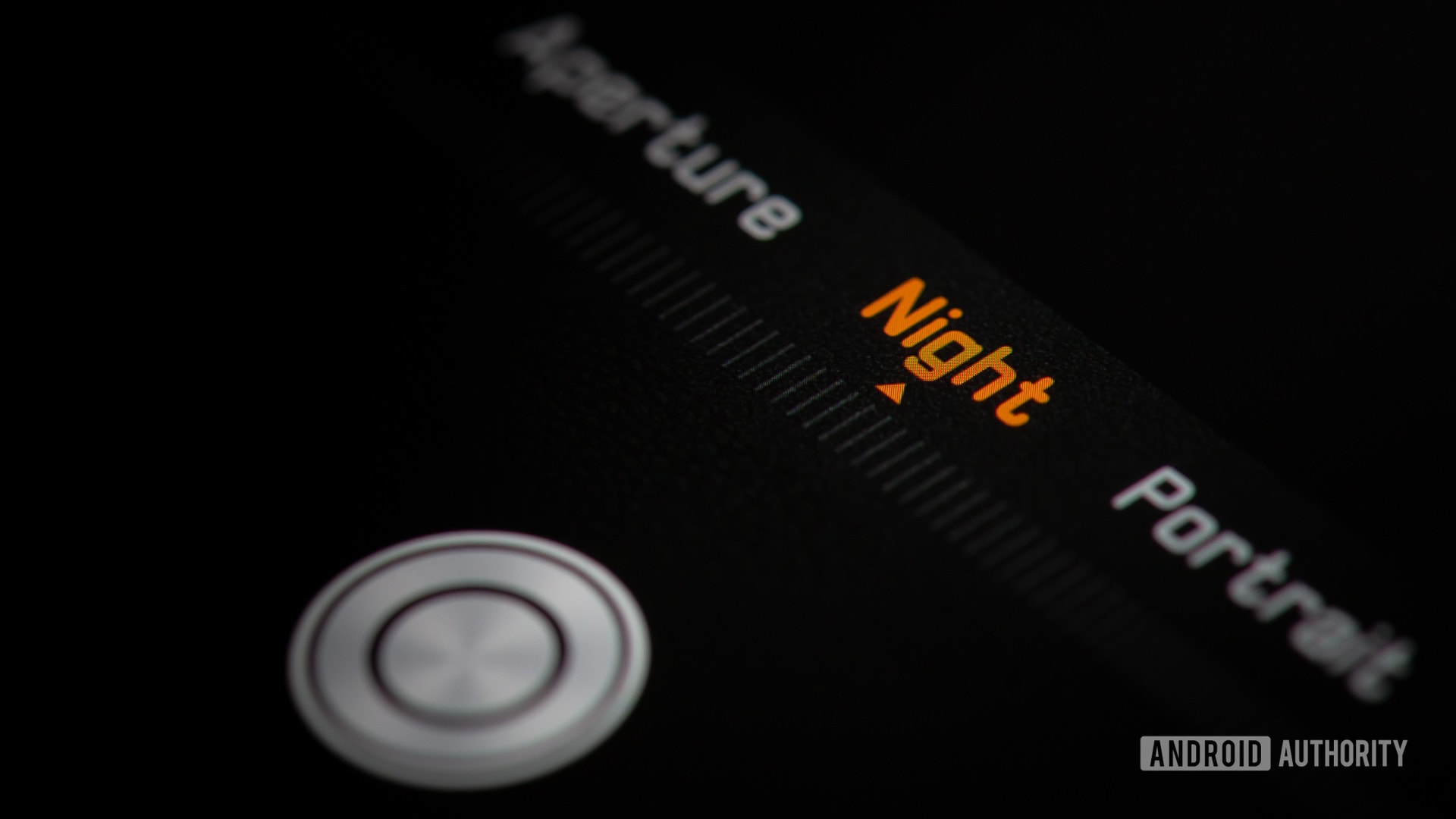
Those following the latest smartphone camera trends have probably heard of “Night Mode,” “Night Sight,” “Bright Night,” or other similar terms. These shooting modes seem to give smartphones night vision, and results have proved amazing.
What is all this Night Mode talk about, though? How does it work? Is it the right tool for you? Today we are here to tell you everything there is to know about these low-light smartphone shooting modes, so stick around to clear all your doubts.
Understanding low-light photography and its limitations
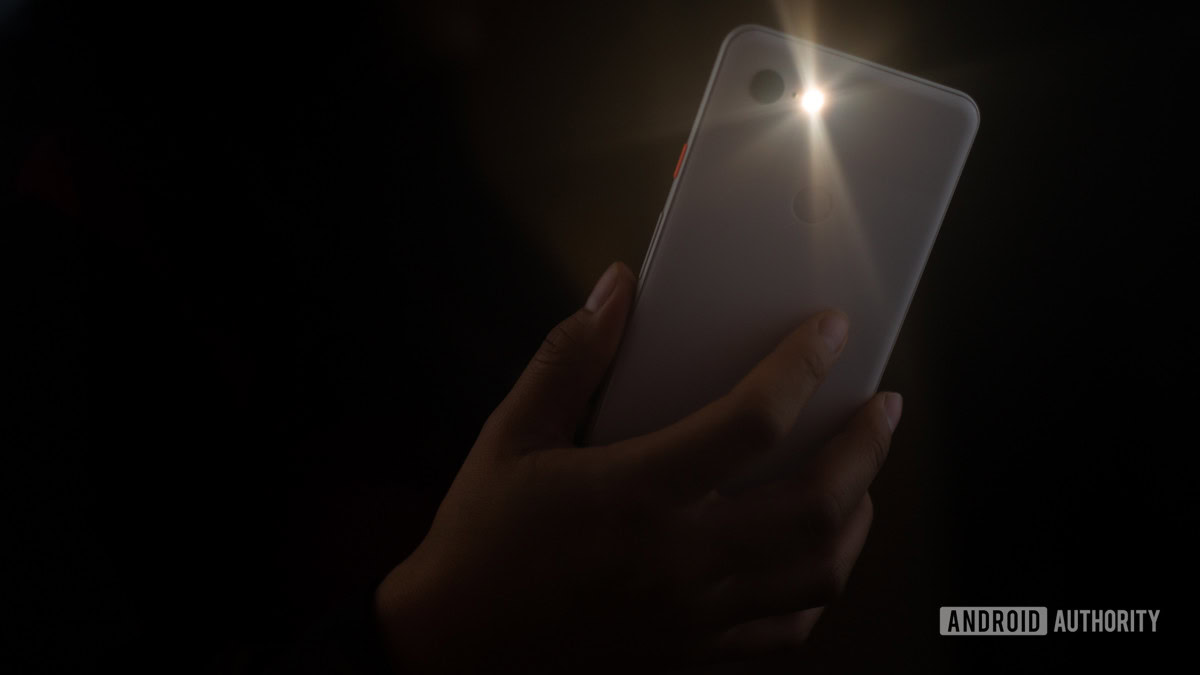
Shooting photos in low light has been a challenge since the inception of cameras, simply because they work with light. Technology has come a long way, but certain limitations still stand.
Size matters when speaking of image sensors. A larger sensor can handle higher ISO levels and produce less digital noise. More ISO sensitivity also reduces the need for longer shutter speeds, making the image sharper.
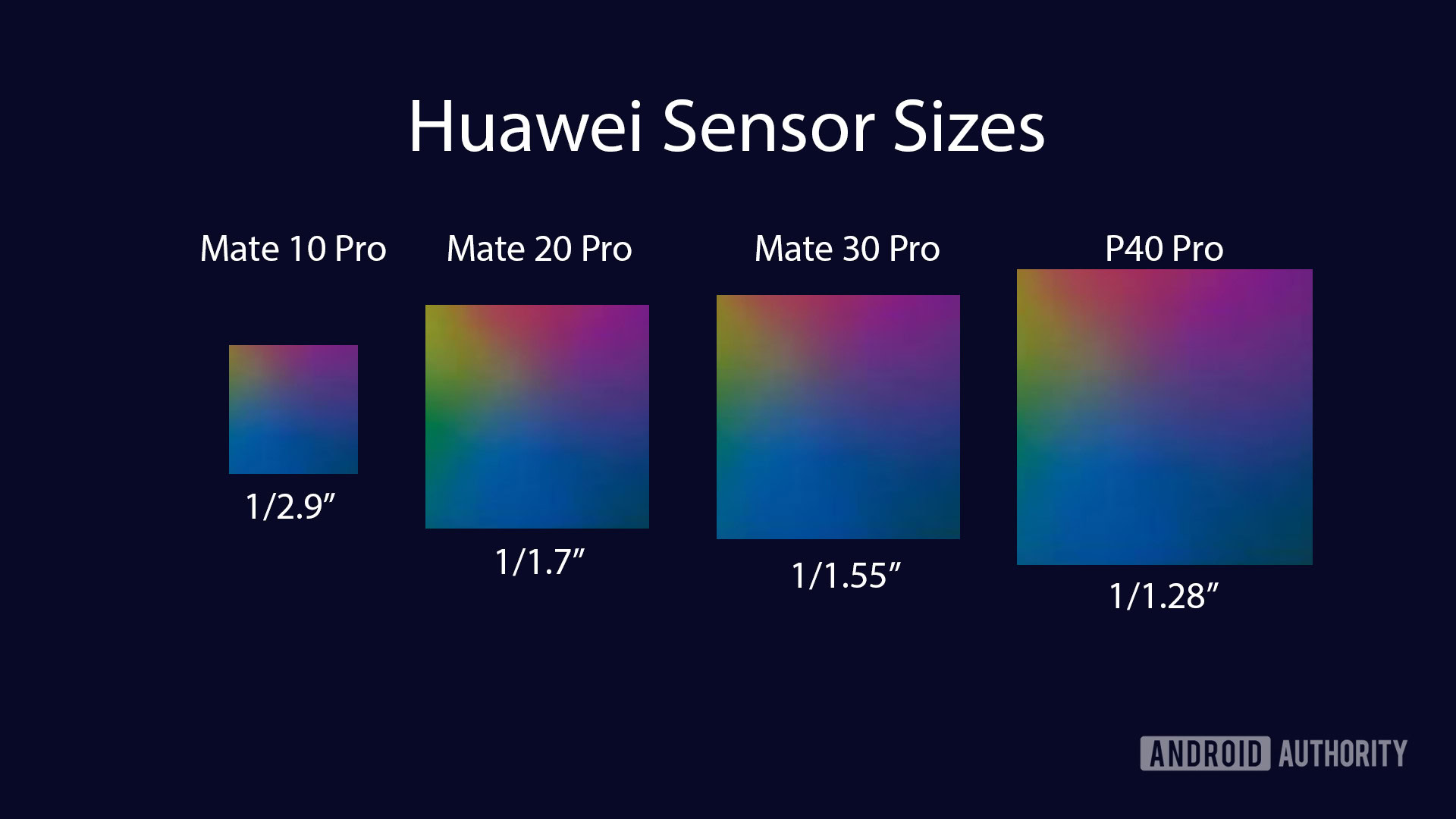
Most smartphone sensors are 1/1.7-inches or 1/2.8-inches, with some going a little lower or higher. As you can see in the image above, that is not much. So why not throw a larger sensor in a smartphone and make it all better?
The main problem here is size is also an essential factor to consider with smartphones, as they’re packed with technology and have minimal space. It is tough to throw a large sensor into the back of a phone. Sony has managed to put a one-inch sensor on the Sony Xperia Pro-I, but even it struggles to push it to its true limits. Aperture can’t get much wider either.
Opinion: Camera sensor size is much more important than having more MP
Why not simply use the camera flash? The problem with flash photography is that it doesn’t create flattering imagery unless the flashes are carefully planned, angled, and measured. You can’t do that with a smartphone, as there is only one direction you can illuminate a scene from. Using the camera flash can often create glare, unwanted reflections, harsh contrasts, red eyes, and an overall bad look.
When you can’t fix issues through hardware, software is the best way to improve images while keeping a small sensor. Post-processing can increase exposure, tune white balance, level colors, and more. All these changes come with consequences that affect image quality, though. This is why Google and other manufacturers are opting to aid users with techniques known as “Night Mode” or Google’s “Night Sight.”
How does Night Mode work?

These low-light enhancement modes are complex to understand, but they work similarly to the technique known as HDR.
Essentially, Android Night Mode (or whatever your manufacturer may call it) uses artificial intelligence to analyze the scene you are trying to photograph. The phone will consider multiple factors, such as light, the phone’s movement, and the movement of objects being captured.
The device will then shoot a series of images at different exposure levels, use bracketing to merge them, and bring out as much detail as it can into a single picture. Of course, there is a lot more going on behind the scenes. The phone must also measure white balance, colors, and other elements, which is usually done with fancy algorithms most don’t fully understand.
In this post, we’ve mainly discussed Google’s implementation. Different manufacturers may use slightly different techniques, but the overall process should be very similar across the board.
How Night Mode helps
If we were to simply increase the ISO, the photo would come out either too dark, noisy, or softened, unless you go with a long exposure shot, which requires taking the image over an extended period. In this case, you’d need to keep the phone very stable (usually with a tripod). Manually bracketing an image also requires stability.
With Night Mode, the average consumer can forget about carrying heavy tripods, learning complex techniques, or settling for horrible low-light photos. Edgar Cervantes
With Night Mode, you get the best of both worlds. You can hand-hold the smartphone camera, shoot an image over a few seconds, and let the software do the rest of the work. The average consumer can forget about carrying heavy tripods, learning complex techniques, or settling for ugly photos.
Also read: These tips will take your images to a whole other level
Night Mode downsides
Everything comes with a cost in photography, and Night Mode variations are no exception. The technique has its downsides. The main culprit is that Night Modes don’t do well with moving objects, because the technique requires multiple shots, and subjects in motion can be blurred out or completely erased. The mode is better equipped to deal with static scenes.
Of course, taking any shot in Night Mode will also take longer. Life is full of fleeting moments, and you may not have 3—5 seconds to spare. You best stay away from these specialized shooting modes when you need a quicker shot. You might be better off in Auto if you want to take a picture of that speeding Lambo, for example.
Ready for Night Mode?
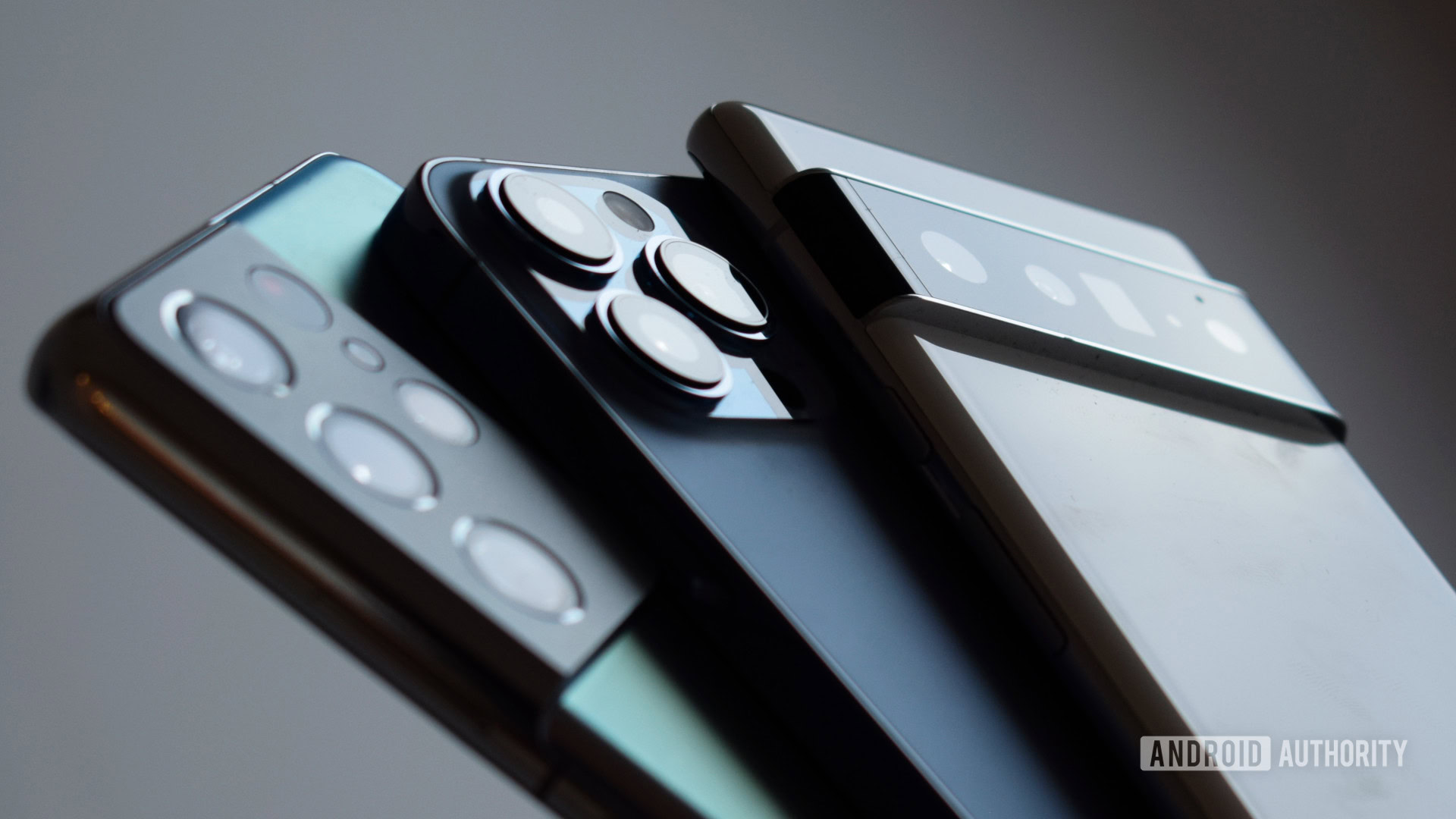
Now that you know what Night Mode is all about, you might want to use it for your nighttime adventures. While it’s a widespread feature in modern smartphones, not all devices feature Night Mode. We will help you with a shortened list of the best ones available right now.
Google Pixel 6 series
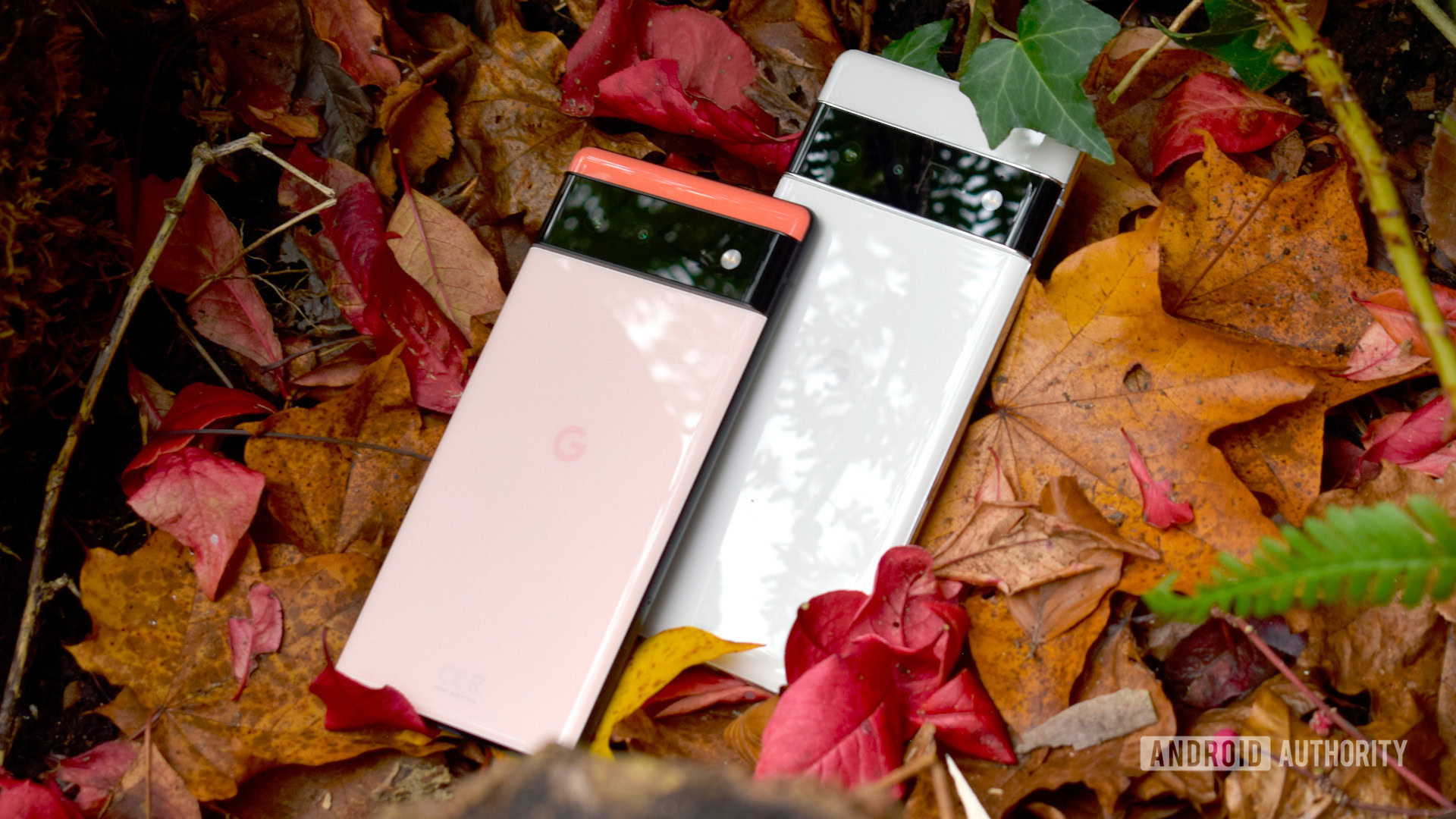
Pixel phones have long been praised for their photography prowess, and the Google Pixel 6 series is no exception. Both the Pixel 6 and Pixel 6 Pro feature Night Sight, and they do exceptionally well taking shots in dark environments.
Google Pixel 5a
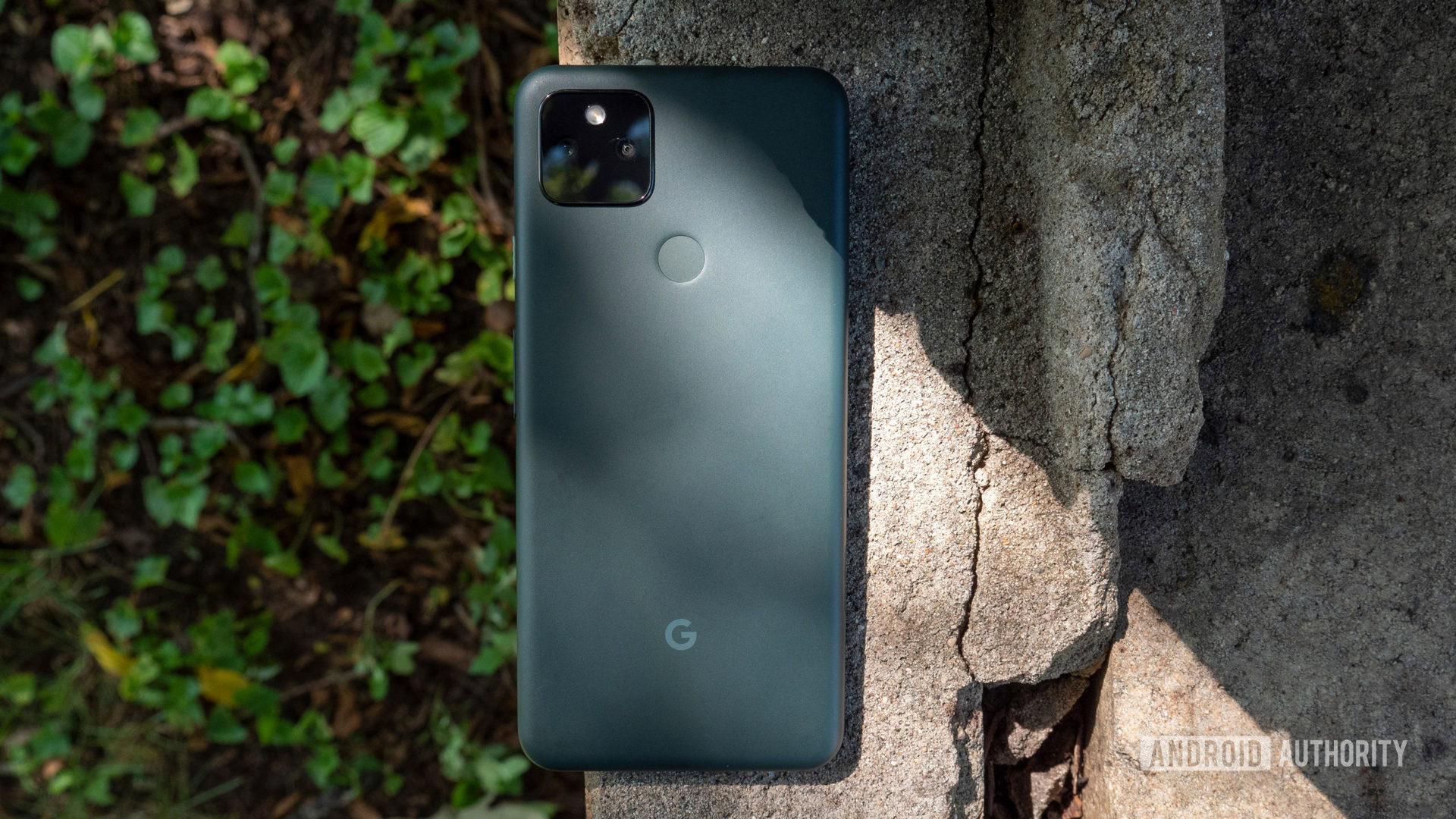
If you want all the night-shooting power of the Pixel 6 devices for a lower price, the Pixel 5a is the next best thing. Despite its lower price, it’s still a capable phone, more than capable and well-designed.
Samsung Galaxy S21 series
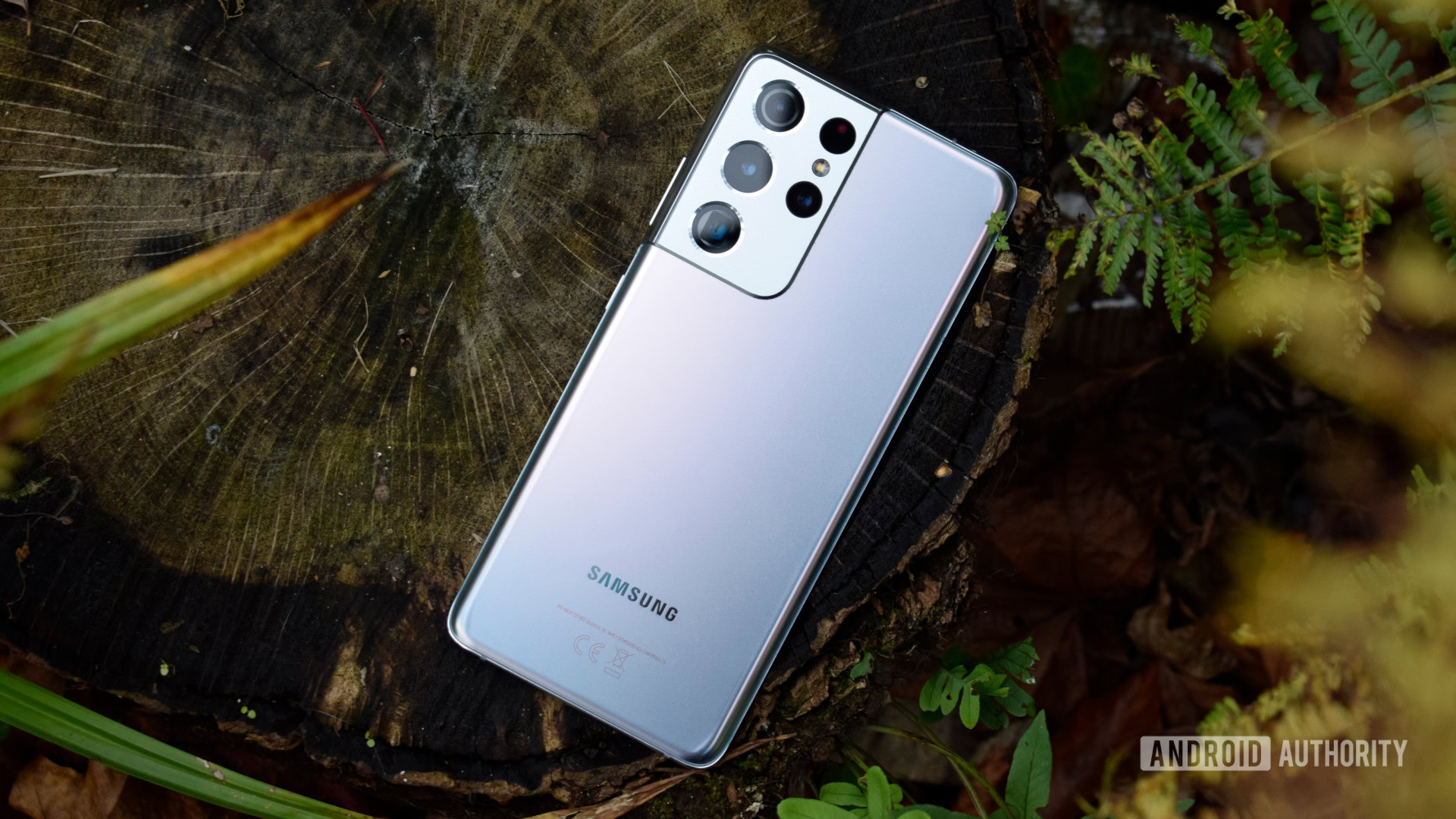
Samsung Galaxy S21 devices are among the best in the industry. These include the Galaxy S21, Galaxy S21 Plus, Galaxy S21 Ultra, and the new Galaxy S21 FE. All of them can handle Night Mode and are high-end handsets with premium features, powerful specs, and gorgeous high-end designs.
OnePlus 9 series
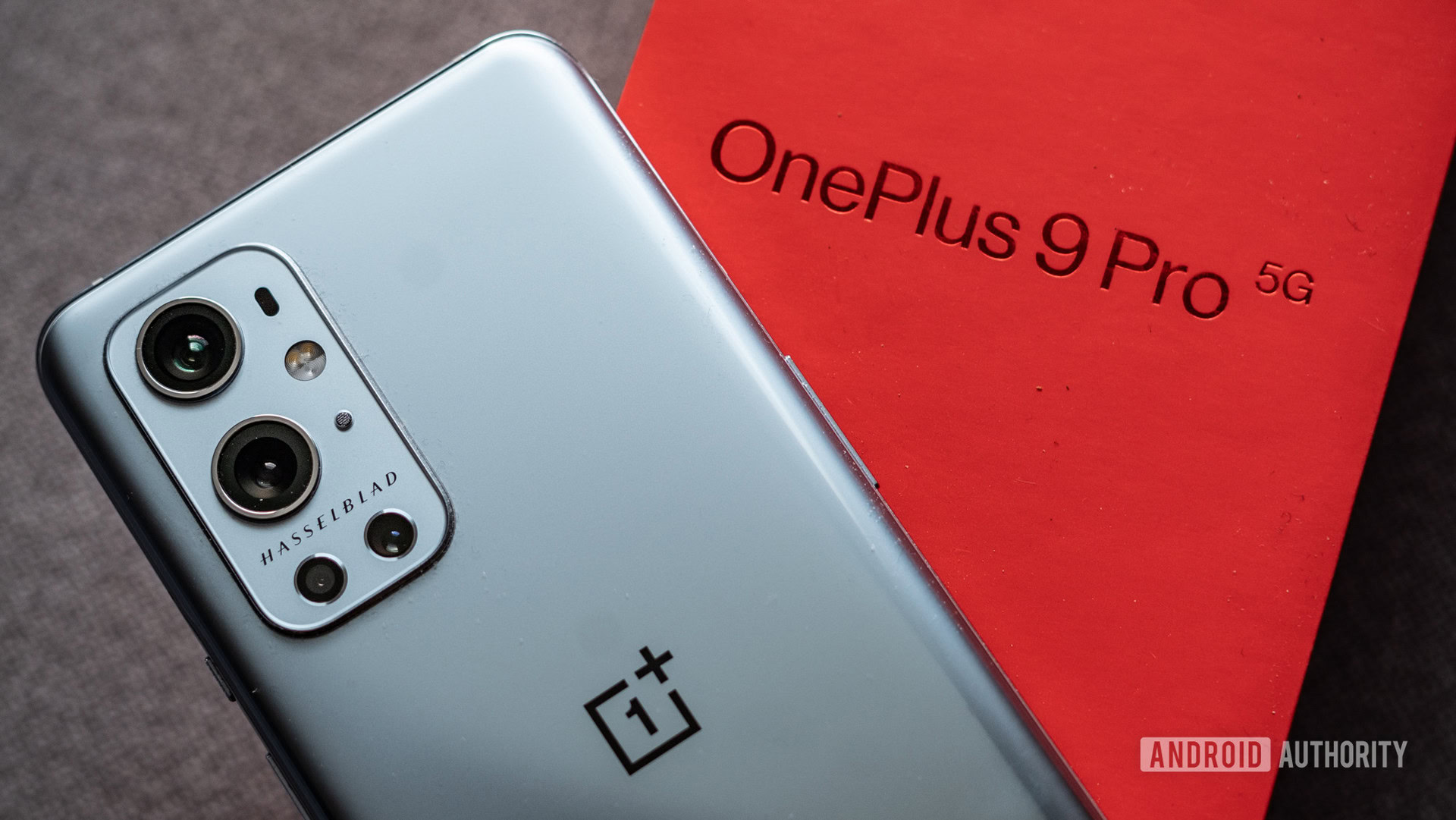
OnePlus calls it Night Mode Nightscape, and it works wonders on the OnePlus 9 series. This includes the OnePlus 9 and OnePlus 9 Pro. There’s a newer OnePlus 10 Pro now, but it’s tough to find in most of the world, so we think the OnePlus 9 devices are still the best, simply due to their accessibility. They’re also great devices.
iPhone 13 series
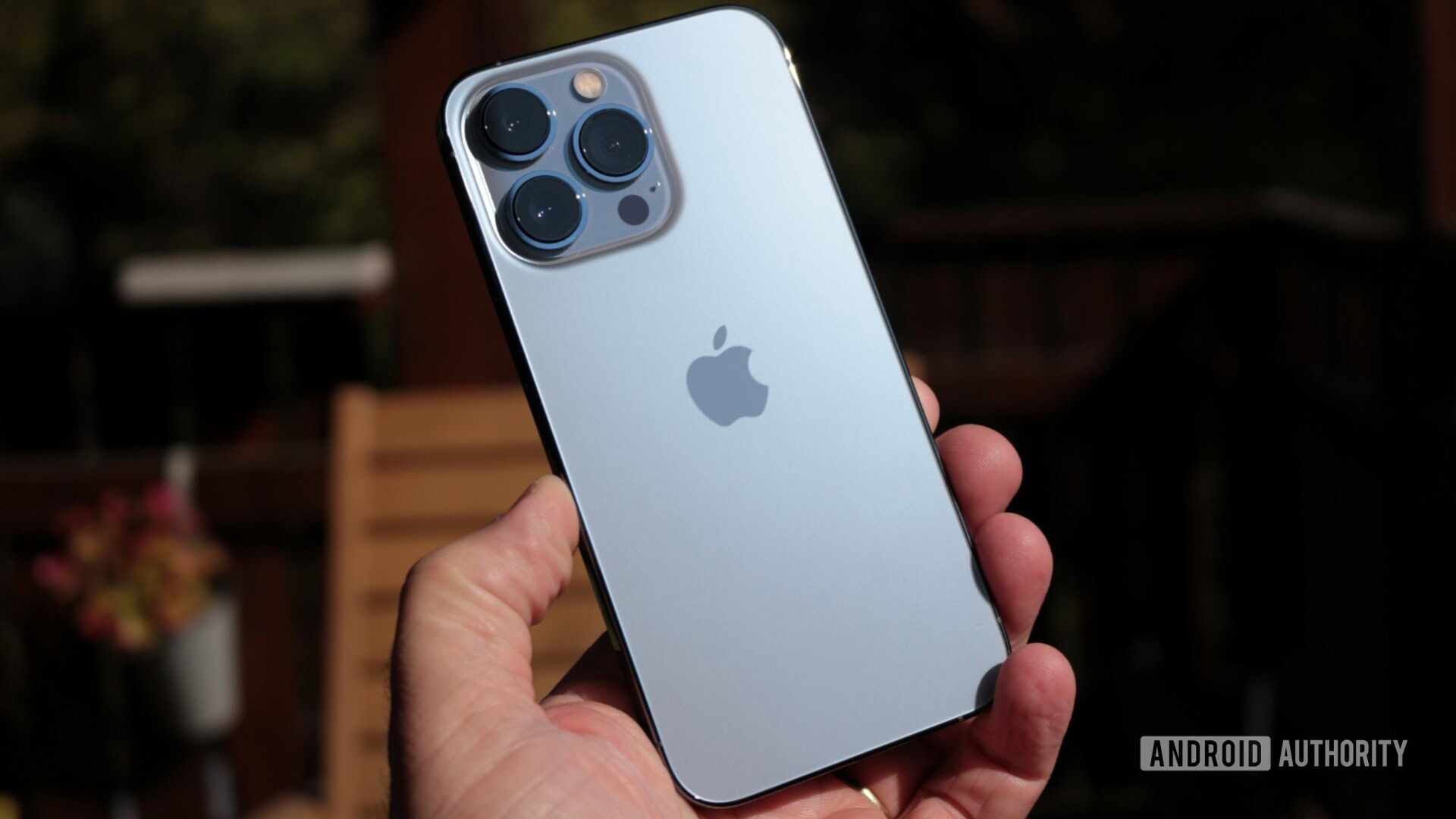
We’re all about Google’s mobile OS at Android Authority, but we can’t deny that Apple makes some great smartphones, featuring beautiful designs, superb performance, and an overall great experience. The iPhone 13 series also features excellent camera systems, and all four iterations come with Night Mode.
Night Mode is a great feature to have, but it’s not everything in terms of great smartphone cameras. If you’re looking for the best shooters, we’ve created a couple of lists of the best overall camera phones and the best budget camera phones. We also have a guide for improving smartphone photos in low-light situations.